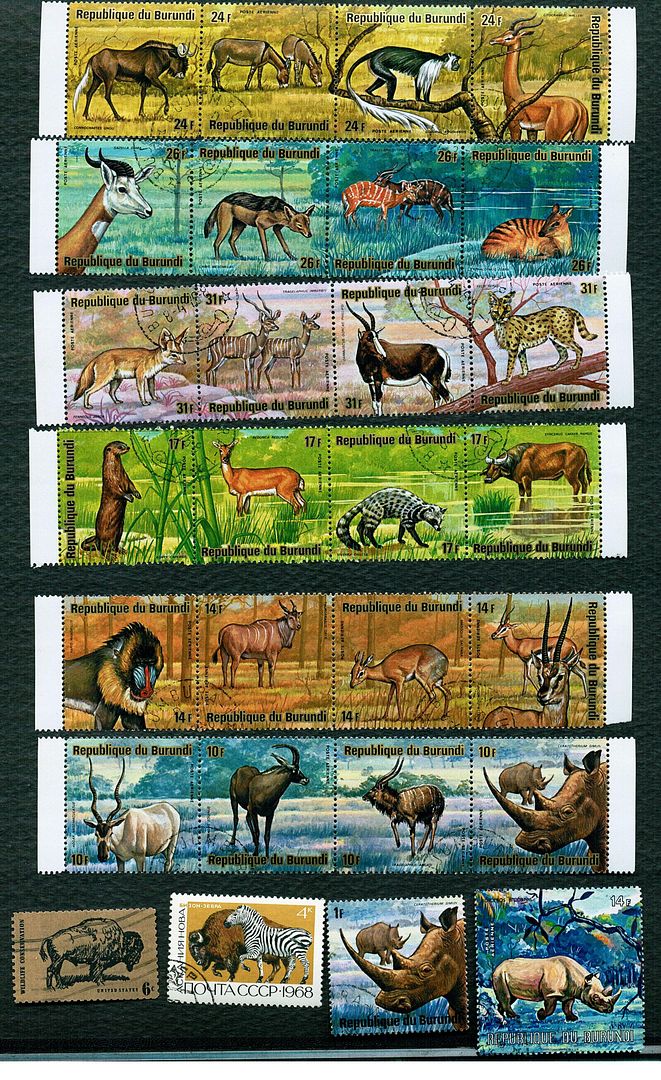Animals don't technically get married, so they have (IF they have) only one (or a combination) of the first three types of monogamy that humans can have:
"Aspects of monogamy
- Social monogamy refers to two persons/creatures who live together, have sex with each other, and cooperate in acquiring basic resources such as food, clothes, and money.
- Sexual monogamy refers to two persons/creatures who remain sexually exclusive with each other and have no outside sex partners.
- Genetic monogamy refers to two partners that only have offspring with each other.
- Marital monogamy refers to marriages of only two people."
"Whatever makes a pair of animals socially monogamous does not necessarily make them sexually or genetically monogamous. Social monogamy, sexual monogamy, and genetic monogamy can occur in different combinations."
"In animal sexuality, serial monogamy often means that an animal will have a different, but exclusive, breeding partner each mating season. Generally, any animals that do not mate with one partner, for life, but do mate exclusively with one partner per mating season can be considered serially monogamous, including those who find a second mate only upon the death of the first."
"Mating system
Main article: Animal sexuality
Monogamy is one of several mating systems observed in other animals. The amount of social monogamy in animals varies across taxa, with over 90% of birds engaging in social monogamy but only 7% of mammals engaging in social monogamy. With birds the locomotion method has meant that the sharing of genetic material with non-local sources is far less difficult, and reproduction is far more successful when both the male and the female contribute food resources to the offspring. The incidence of sexual monogamy appears quite rare in other parts of the animal kingdom. It is becoming clear that even animals that are socially monogamous engage in extra-pair copulations.[1]"
====================
Click, and click again to zoom in.
One of the most beautiful wildlife stamp series in the world, from Burundi!
I have two versions, as they were issued, so I was able to separate one set into individual stamps and place them accordingly, in my taxonomic stamp collection, by species.
At the bottom, you can see the zebra stamp from the separated set, which set is of larger size - even more beautiful! :)
The other stamps at the bottom are for comparison purposes: they are nice (but not AS NICE), and of regular size.
The CCCP/ USSR one has a forced, unnatural juxtaposition of American Bison and Zebra - I don't like that! Yes, it was done to cram more species featured on a stamp series with few available slots - they doubled the number of species featured.
That American Bison stamp from USA, unlike newer stamps from USPS, is too simplistic for my taste - "look what brown can do for you!".
Since USA and some other countries are such global economic powers, WHY shouldn't they also be philatelic/ stamp design global powers?
Why let the stamp design excellence be a competitive advantage of much smaller countries, such as Burundi, Bhutan and Serenissima Reppublica di San Marino, for example?
The Romanian one (POSTA ROMANA) is a famous EFO = Errors, Freaks and Oddities.
The Grevy zebra stamp should have been denominated 1,55 Lei, meaning 1 Leu and 55 bani (like 1$ and 55 cents). Instead, the whole print run went out with 1 55 bani. They did not issue a recall.
The Romanian Post may have pulled a proto-chronistic ceelogreen on this, like "Forget you!". :)
"I'm not gonna recall you." So the stamps remained all out with that error.
Burundi has done a great promotional job for wildlife and for Burundi, even if these stamps may have been created by some foreign contractor.
"Burundi (pronounced [buˈɾundi]), officially the Republic of Burundi, is a landlocked country in the Great Lakes region of Eastern Africa bordered by Rwanda to the north, Tanzania to the east and south, and the Democratic Republic of the Congo to the west. Its size is just under 28,000 km² with an estimated population of almost 8,700,000. Its capital is Bujumbura. Although the country is landlocked, much of the southwestern border is adjacent to Lake Tanganyika.
The Twa, Tutsi, and Hutu peoples have occupied Burundi since the country's formation five centuries ago. Burundi was ruled as a kingdom by the Tutsi for over two hundred years. However, at the beginning of the twentieth century, Germany and Belgium occupied the region, and Burundi and Rwanda became a European colony known as Ruanda-Urundi.
Political unrest occurred throughout the region because of social differences between the Tutsi and Hutu, provoking civil war in Burundi throughout the middle twentieth century. Presently, Burundi is governed as a presidential representative democratic republic. Sixty-two percent of Burundians are Roman Catholic, eight to ten percent are Muslims and the rest followindigenous beliefs and other Christian denominations.
Burundi is one of the ten poorest countries in the world.
It has the lowest per capita GDP of any nation in the
world.[5] Burundi has a low gross domestic product largely due to civil wars, corruption, poor access to education, and the effects of HIV/AIDS. Burundi is densely populated, with substantial emigration. Cobalt and copper are among Burundi's natural resources. Some of Burundi's main exports include coffee and sugar."
Another set, almost as beautiful to me, is this (click, and click again to zoom in):
Happy Valentine's Day!
==========
Happy Sunday Stamps!
Please visit http://viridianpostcard.blogspot.com/




